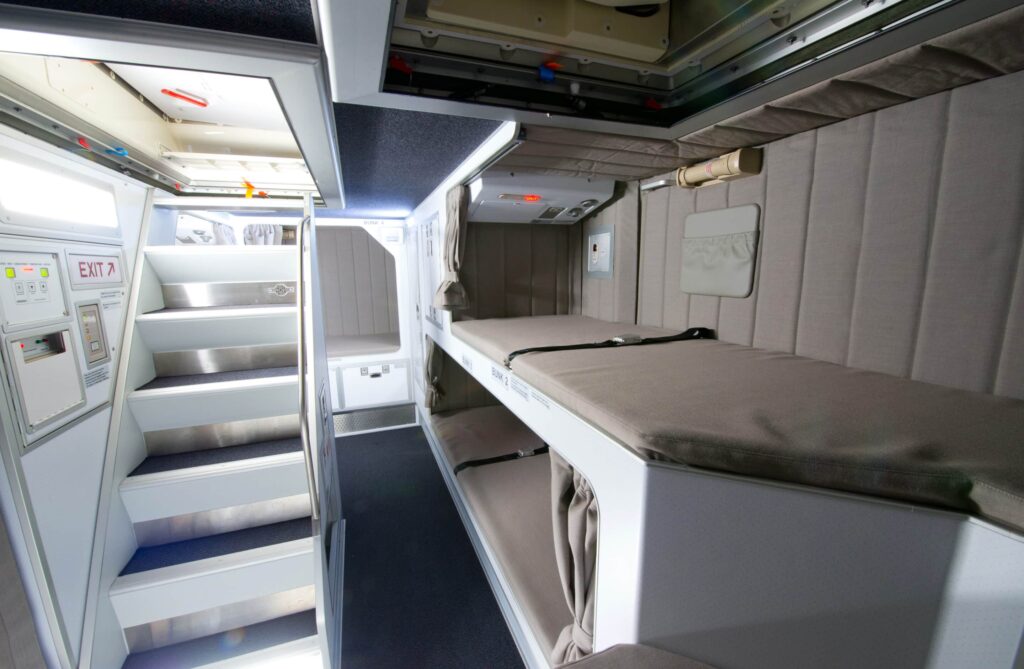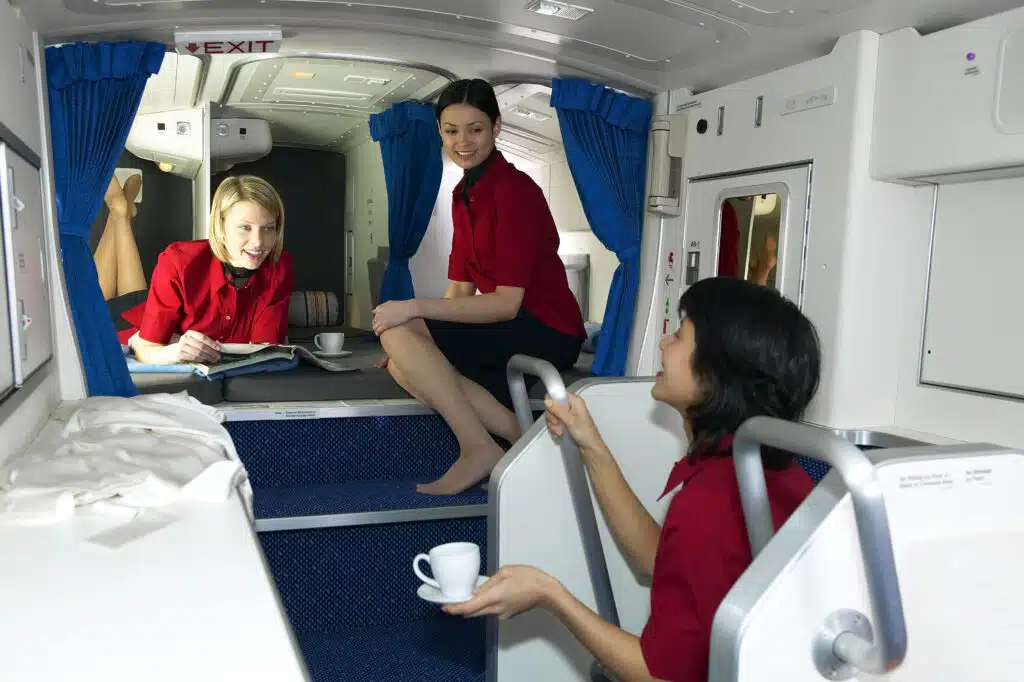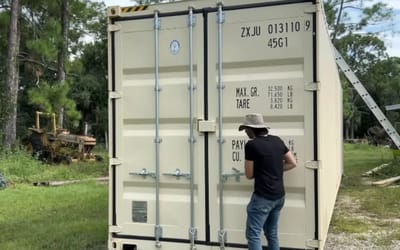Planes have secret rooms where passengers aren’t allowed
- There are secret spaces tucked away on widebody aircraft
- Crew Rest Areas are set up to allow staff to get some sleep
- They’re designed to be inconspicuous to passengers
Published on Aug 19, 2024 at 9:14 AM (UTC+4)
by Claire Reid
Last updated on Aug 19, 2024 at 3:18 PM (UTC+4)
Edited by
Kate Bain
There are secret spaces tucked away on widebody aircraft designed for crew to get some sleep during long-haul flights.
The areas are hidden away from public view and can’t be accessed by passengers onboard.
The small rooms – known as Crew Rest Areas – are essential for safe travel as they allow pilots and crew members to get some valuable shut-eye on long flights.
DISCOVER SBX CARS: The global premium car auction platform powered by Supercar Blondie
The secret rooms are designed to inconspicuous

Of course, there are parts of aircraft that the public isn’t meant to spend time in – such as the cockpit – but while we regularly see footage from inside the cockpit, including this fascinating POV from inside an A380 and a look around the futuristic controls of an A350, seeing inside the sleeping quarters is a much rarer occurrence.
Where these cabins are situated depends on the model of the plane, but in the popular Airbus S350 and Boeing 787 aircraft, they’re found above the main cabin in the upper fuselage – but other planes may have them in the cargo hold or elsewhere.
The rest areas are designed to be inconspicuous – and passengers who happen to spot the entrance to one would most likely assume it was simply a closet or storage area.
The mini rooms usually come in pairs with one for the pilots and one for cabin crew. The pilots’ area often comes with a couple of bunks and a reclining chair; while the one for cabin crew can have six or more bunks.
They must be built to certain specifications

Although airlines have an input into the sleeping areas when buying a plane, they must comply with the guidelines set out by the Federal Aviation Administration, CNN reports.
According to the rules, the areas must be ‘in a location where intrusive noise, odors and vibration have minimum effect on sleep’ and come with adjustable lighting and temperature.
The bunks must be of a decent size – at least 198cm by 76cm (78 inches by 30 inches) so that crew can lie down flat while sleeping.
“They can be quite comfortable,” flight attendant and union spokespersonSusannah Carr told CNN.
However, she did note that she is only 5ft 8 inches, so might have a different experience to someone who is much taller.
Fair point.
Claire Reid is a journalist who hails from the UK but is now living in New Zealand. She began her career after graduating with a degree in Journalism from Liverpool John Moore’s University and has more than a decade of experience, writing for both local newspapers and national news sites. Claire covers a wide variety of topics, with a special focus on cars, technology, planes, cryptocurrency, and luxury.




